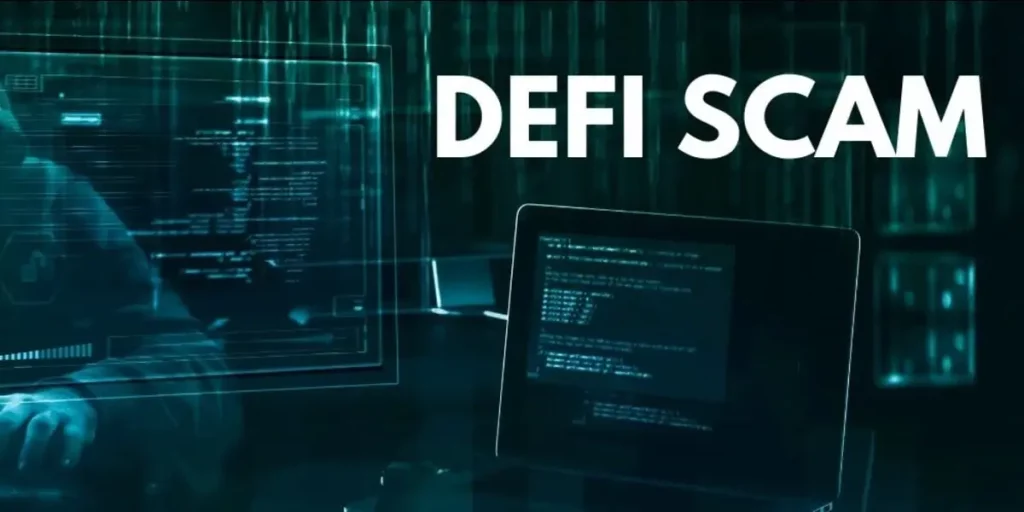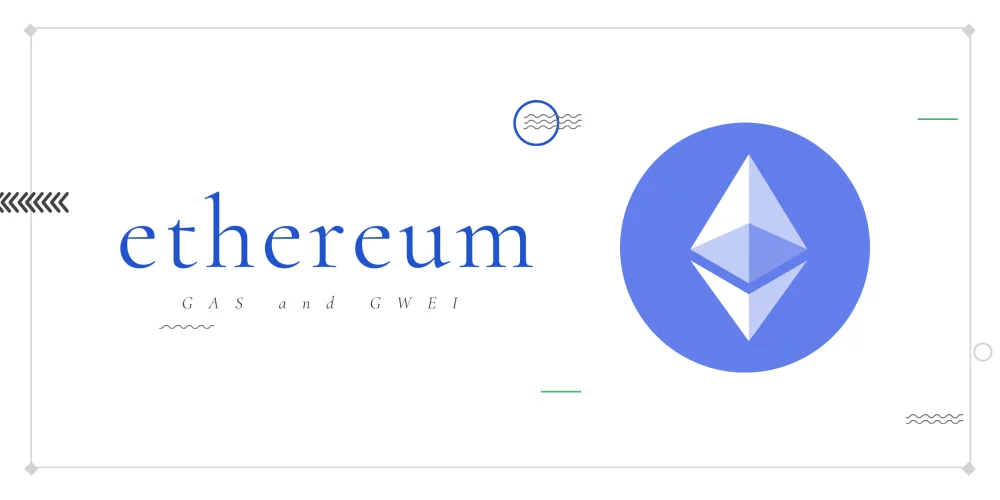
Introduction
Decentralized Finance (DeFi) has seen explosive growth, revolutionizing the financial sector by offering an open and accessible alternative to traditional financial systems.
However, along with the innovative financial solutions, the DeFi space has become a hotbed for scams, causing significant losses for uninformed investors.
This article outlines the most common scams in the DeFi space and provides tips on how to avoid falling victim to these deceptive practices.
Exit Scams
Exit scams are one of the most common DeFi scams.
The developers of a DeFi project collect funds from investors through an Initial Coin Offering (ICO) or similar fundraising method, only to disappear once they’ve amassed a considerable amount.
Honeypots
Honeypots represent another fraudulent tactic used in the DeFi space.
Essentially, these are traps set to deceive potential investors.
Honeypot projects usually appear as attractive investment opportunities, enticing with high returns and promising project ideas.
However, once investors buy the token, they are unable to sell it due to a programmed restriction in the token’s contract, trapping the investor’s funds.
It is crucial to be cautious and conduct extensive due diligence before participating in any new DeFi projects to avoid falling into such traps.
High Taxed Tokens
High taxed tokens are another aspect of the DeFi ecosystem that could present potential pitfalls for uninformed investors.
These tokens involve imposing high transaction fees (taxes) on every buy or sell action, often justified by redistributing a portion of these taxes to existing token holders, thus encouraging holding behaviour.
While this may seem appealing initially, it’s essential to be aware that the high taxes can dramatically affect profitability, especially when the token value is volatile.
This strategy can sometimes be employed by manipulative projects to discourage selling and artificially maintain the token’s price.
To navigate this landscape safely, understanding the tokenomics (token economics) and the implications of such high transaction fees is fundamental.
Investors should remain vigilant and skeptical about tokens that levy unusually high transaction taxes.
Rug Pull Scams
Rug pulls are another rampant form of scam in the DeFi sector.
Here, the developers or initial project holders withdraw their liquidity from a project, causing the token value to plummet and leaving other investors with worthless tokens.
A recent case was that of the Compounder Finance project, which resulted in a $10.8 million loss for its users.
Impermanent Loss
Impermanent loss is a less apparent, yet prevalent, form of risk in the DeFi space.
It occurs when the price of tokens within a liquidity pool fluctuates, causing potential losses for liquidity providers.
The nuances of impermanent loss can be complex to understand, and as such, it’s essential for DeFi participants to comprehend this concept to manage their risk effectively.
Ponzi or Pyramid Schemes
The DeFi space has seen a resurgence of Ponzi or pyramid schemes.
These projects promise high returns to investors, which are paid using the funds deposited by newer participants.
Once the inflow of new investors slows down, the scheme collapses, and most participants lose their investments.
An infamous example is the MMM BSC Ponzi scheme on the Binance Smart Chain.
Fake Tokens and Websites
Fake tokens and websites are another common scam where fraudsters create a counterfeit version of a popular DeFi token or a duplicate website.
Unsuspecting users who purchase these fake tokens or interact with fraudulent websites end up losing their funds.
How to Avoid DeFi Scams
Avoiding DeFi scams involves a combination of due diligence, vigilance, and a solid understanding of DeFi concepts.
Here are some key strategies:
- Research: Conduct thorough research on any DeFi project before investing. Verify the project’s credibility through various sources like whitepapers, team members, and community discussions.
- Be Skeptical of High Returns: Any project promising unusually high or guaranteed returns should raise a red flag. High returns typically involve high risks, and in many cases, they signal a scam.
- Use Reputable Wallets and Exchanges: Stick to reputable wallets and exchanges for transactions. Check the website URL carefully to avoid phishing attempts.
- Avoid FOMO: Fear of missing out (FOMO) can lead to rushed investment decisions. It’s important to resist the urge to ‘get in quick’ without understanding the project.
- Leverage Audit Reports: Audit reports can provide valuable insights into a project’s security and reliability. Platforms such as Certik and OpenZeppelin offer professional auditing services for DeFi projects.
Aviddot Sniper Bot: Your DeFi Guardian
The Aviddot Sniper Bot emerges as a valuable tool in the investor’s arsenal to navigate the murky waters of the DeFi landscape.
This intelligent bot comes equipped with a function checker that can scrutinize the contracts of tokens for any fraudulent functionalities.
Whether it’s hidden transaction fees, trading restrictions, or any other malicious code, the bot can detect and alert investors about these underhanded tactics, ensuring their investments are as secure as possible.
One of the notable features of the Sniper Bot is the ‘Tax Checker.’ This tool is particularly useful when dealing with high taxed tokens.
It evaluates the transaction fees associated with every token buy or sell action, keeping investors informed about the token’s tax implications and helping them make informed investment decisions.
Furthermore, the bot is armed with a ‘Trading Enabled/Disabled Checker.’
This utility monitors whether trading activities for a token are enabled or disabled, a critical aspect in the fast-paced DeFi markets where trading statuses can change in a split second.
Perhaps most impressively, the Aviddot Sniper Bot houses an ‘Honeypot Checker‘ to protect investors from the deceptive allure of honeypot scams.
By evaluating various parameters, the bot can identify potential honeypot traps, effectively saving investors from falling into these scam projects.
However, understanding the dynamic and diverse nature of the DeFi environment, the Sniper Bot also offers the flexibility to disable the honeypot checker.
This functionality is intended for those who, despite the associated risks, choose to explore opportunities that the bot deems as potential honeypots.
With the Aviddot Sniper Bot by your side, the task of investing in DeFi projects becomes significantly safer and more profitable.
Remember, in the volatile world of DeFi, vigilance, information, and the right tools are your best allies.
Conclusion
Whether it’s exit scams, rug pulls, impermanent loss, Ponzi schemes, fake tokens and websites, honeypots, or high taxed tokens, the DeFi world is filled with potential traps for the unwary investor.
However, with proper due diligence, skepticism of too-good-to-be-true opportunities, and a thorough understanding of DeFi mechanisms, it is possible to steer clear of these pitfalls and explore the tremendous potential that DeFi presents.


